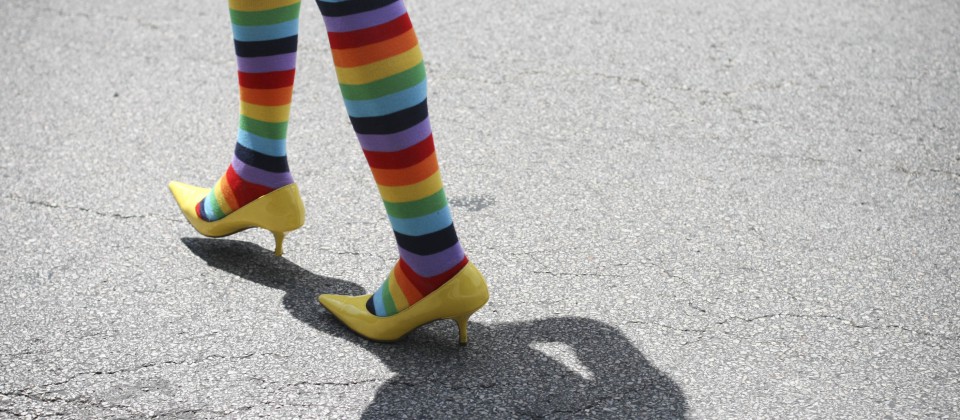- An Overview
- Media Landscape
- Conflict Case 1: Transitional justice – Milošević’s arrest and extradition to The Hague Tribunal, April-June 2001
- Conflict Case 2: Elections – Parliamentary elections (EU integration and Kosovo), March-May 2008
- Conflict Case 3: Citizenship and collective identities – Pride Parade, September-October 2010
- Conflict Case 4: Control and distribution of power – Smear campaign against the ombudsman, January-May 2015
Serbia – an Overview
In contrast to much of Central Europe, the fall of communism in Serbia did not result in democracy but in a hybrid regime. Milošević consolidated his power during conflicts surrounding Yugoslavia’s break-up and employed nationalism strategically to outmanouvre his political opponents. Massive protest campaigns recurrently triggered regime crises and ultimately removed Milošević from power in October 2000. Serbia’s democratic institutions have now survived several highly contested elections and election cycles. This democracy is of a low-quality variety, as in many other new democracies. Political life largely unfolds outside formal rules, except with respect to elections and the basic freedoms. The executive generally ignores constitutional limits to its power and dominates the legislature, the judiciary and various agencies of horizontal accountability, thus creates space for arbitrary and ineffective rule, with ample clientelism and corruption, hindering long-term prospects of economic growth and democratic development.
Serbia’s media landscape
The Serbian media market is overcrowded with numerous press, radio and TV outlets and growing news web portals. The lack of transparency of media financing is especially expressed in the media owned by the state or local governments. This problem has been more complex in the local media market, where private media have been partially financed by municipalities. Dependence of media owners on business and/or politicians impedes the development of the media market. It is reflected in frequent lawsuits against local journalists and media owners, and marketing pressures, which often produce biased reporting. The perceptions of journalists are revealing: attempts of politicians to influence editorial policy rank as the main obstacle to media reporting (19.89%), followed by pressures to publish news framed to suit particular business interests (17.31%) (Milivojevic et al. 2012, Krstić 2012, Matić 2012, Morse, 2013).
Conflict Case 1:
Transitional justice – Milošević’s arrest and extradition to The Hague Tribunal, April-June 2001
Surrounding the arrest of Milošević and his secretive extradition to the International Criminal Tribunal for the former Yugoslavia in The Hague, a heated debate over issues of transitional justice dominated the public agenda for months (April – July 2001). The question whether the former president should be tried on crimes against humanity within or outside the country polarised pro-European, more cosmopolitan groups on the one side and nationalist, more traditional groups, including police and the armed forces on the other.
Conflict Case 2:
Elections – Parliamentary elections (EU integration and Kosovo), March-May 2008
This conflict unfolded between March and May 2008, during a parliamentary election campaign. Key controversies evolved around Kosovo’s declaration of independence and Serbia’s integration into the European Union. The conflict involved a broad range of political actors ranging from civil society groups to political parties. It marked a critical juncture in Serbia’s political development and paved the way for a more consistent pro-EU policy.
Conflict Case 3:
Citizenship and collective identities – Pride Parade, September-October 2010
The public debate over the Pride Parade held in September and October 2010 in Belgrade highlighted issues of minority rights and toleration as an important part of the democratisation process. The Pride Parade triggered fierce opposition by militant right-wing groups and the Orthodox Church. While most political parties supported the Parade, the event highlighted the threat that right-wing extremism poses to democracy.
Conflict Case 4:
Control and distribution of power – Smear campaign against the ombudsman, January-May 2015
This conflict represents the most significant and visible effort by the ruling party (the Serbian Progressive Party) to weaken state agencies of horizontal accountability (oversight agencies), and thus to undermine democratic development, by way of tabloid media smear campaign.

